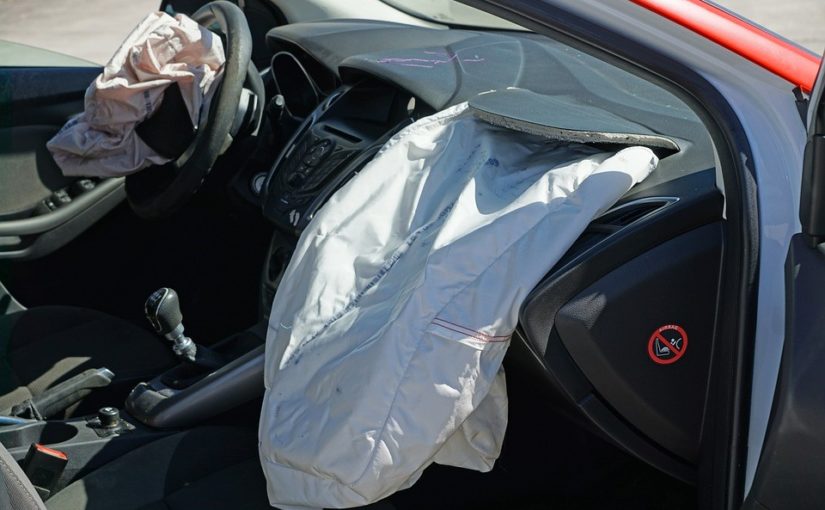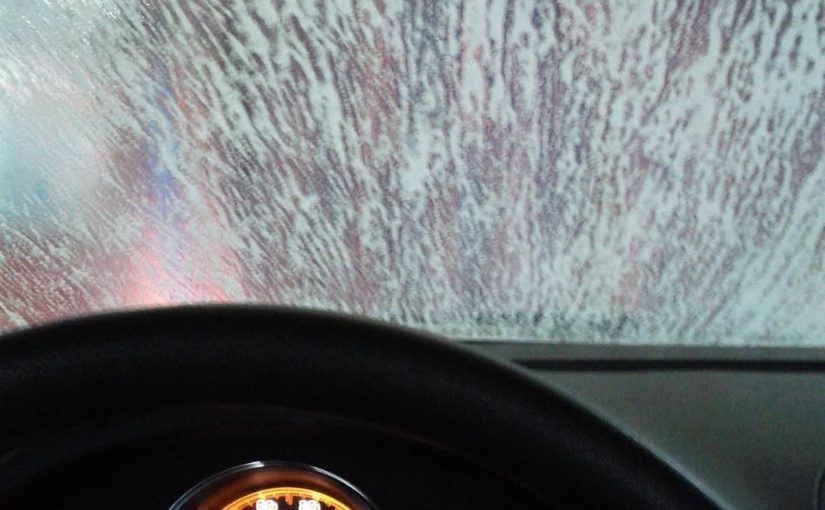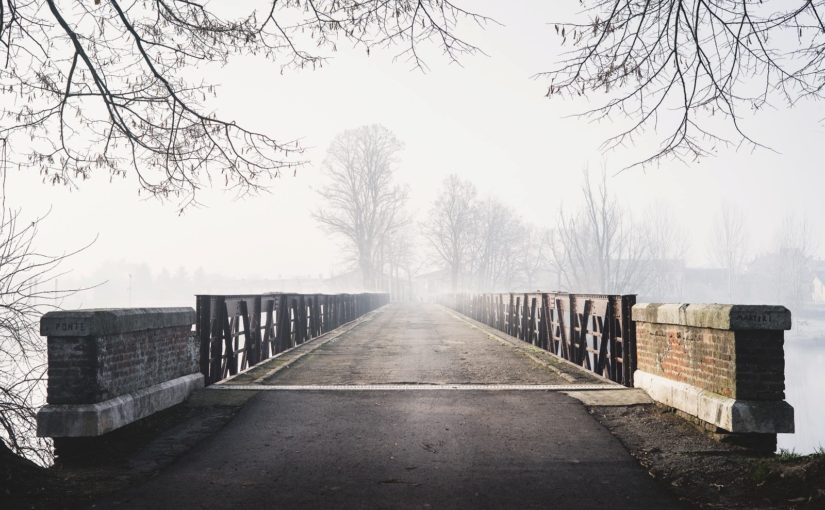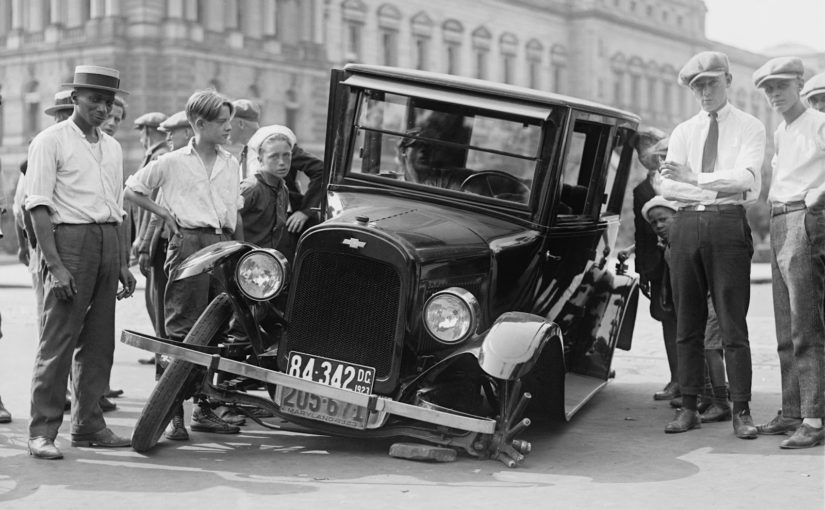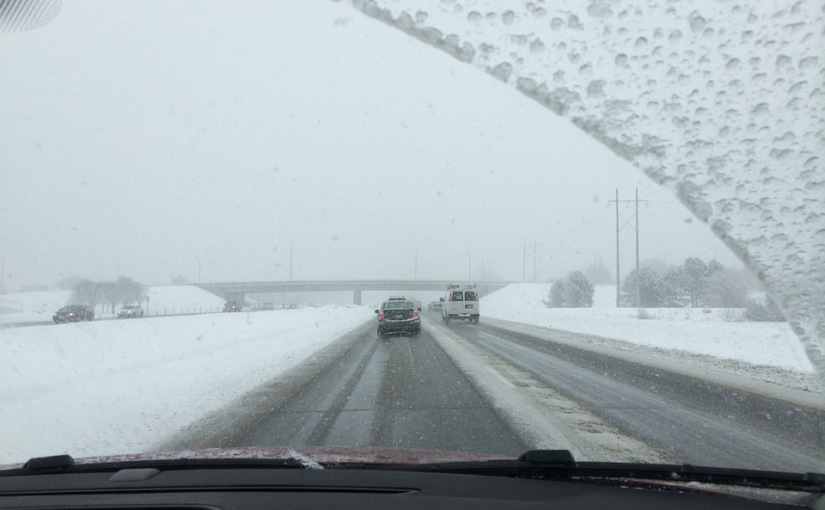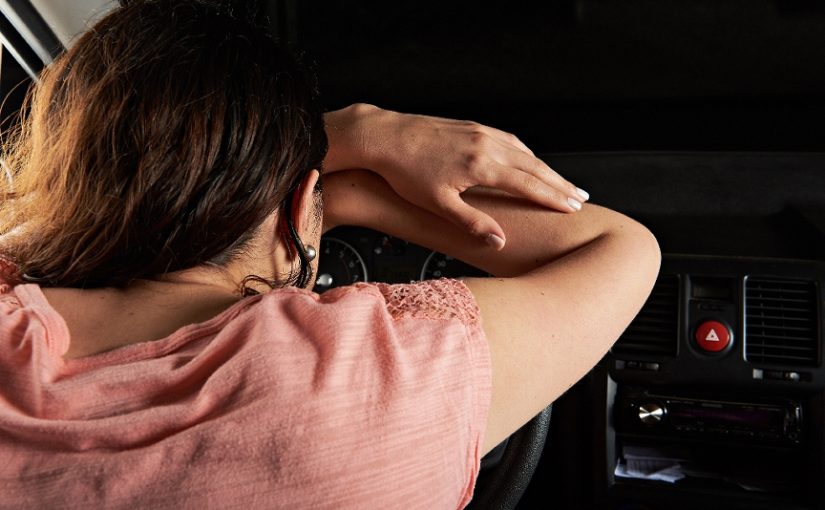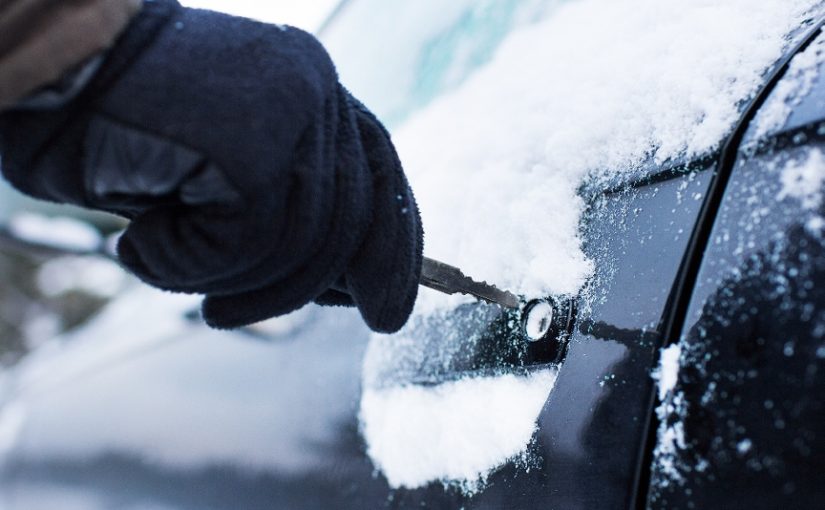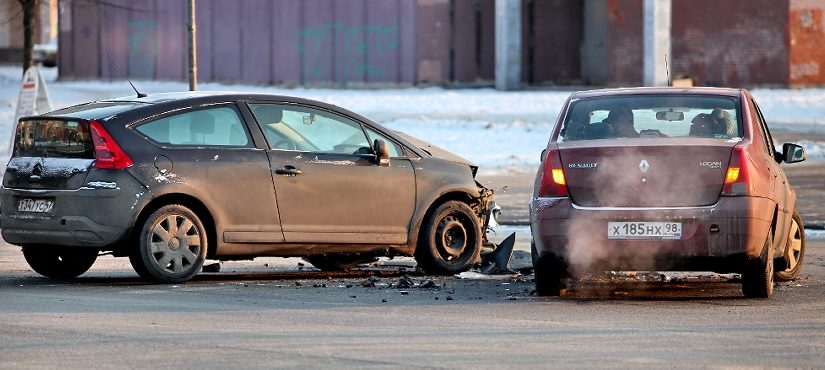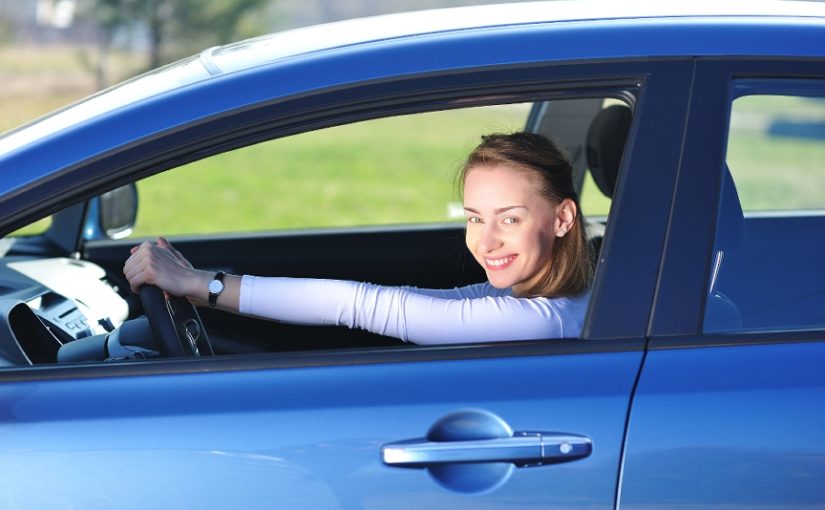According to The National Highway Traffic Safety Administration, over 6,296,000 police-reported motor vehicle crashes occurred in 2015. Seat belts saved an estimated 13,941 lives of passenger vehicle occupants five and older in 2015. Of course, other safety issues include weather, car recalls, inexperienced drivers, and impaired drivers. Whether you experience a fender bender or worse, it’s best to have your vehicle checked out by a professional.
Door Panels
A vehicle’s door panels can take a beating in side collisions. To determine whether a new door panel is needed, technicians examine the door gaps to check for misalignment and unevenness. A straight gap with an even width from top to bottom means your door is still in line and can open and close effectively. And if there isn’t severe denting, the panel can be repaired without installing a new one. However, misalignment is a serious red flag, and any unevenness jeopardizes the function of the door panel.
Fenders and Bumpers
Usually, the first points of contact, a vehicle’s fender, and bumper, are designed to absorb most of the impact in a collision to protect you and your passengers. However, their design and placement mean the fender and bumper are highly susceptible to damage caused by collisions. Because the fender and bumper generally are made of lightweight material, collision repair technicians check for scratches or cracks following a crash. Even though the damage to your car may not look bad, you should still bring it to a collision shop to ensure there is no damage under the fender. The mechanic at the auto body shop can pull off the fender and check the frame of your car for damage. Minor damage can easily be fixed, but significant cracks or denting may require fender or bumper replacement to protect you from future accidents.
Windshields
Windshield cracks and chips can occur in the event of a collision. The crash impact can cause some minor damage, and collision repair technicians need to identify this damage so steps can be taken to prevent the crack from growing and causing the driver to return for a windshield repair or replacement. While windshield cracks initially may appear small and maybe even are hidden, over time, they can expand and eventually span the width of your windshield. Collision repair technicians must carefully inspect the front and rear windshields for cracks. A professional checks for windshield damage regardless of whether any cracks or chips have been documented.
Air Bag Deployment
To ensure the continued protection of occupants, used airbags should be replaced without delay by an authorized repair center before the vehicle is driven again.
Collision repair technicians are diligent and have an excellent eye for finding irregularities in post-collision cars. A thorough front-to-back and top-to-bottom examination of a damaged car is required to provide the best care possible when making any repairs. Turk’s Collision Center is a state-of-the-art automotive body repair shop with I-CAR Gold Status, A.S.E. certified technicians, and CCC Pathways certified estimators. When you bring your vehicle to our Gold Class shop, you can be confident our technicians have been trained in the following:
- How and where to look for hidden damage that you may not see
- What can be safely repaired and what needs to be replaced
- How to inspect and repair airbags and seat belts
- Current vehicle technologies and repair techniques
Don’t guess. Choose our Gold Class trained repair professionals for your collision repair because safety matters.
If you have been in a fender bender or a significant crash, contact Turk’s Collision Center in East Peoria, IL, or call us at (309) 884-1330 today!

